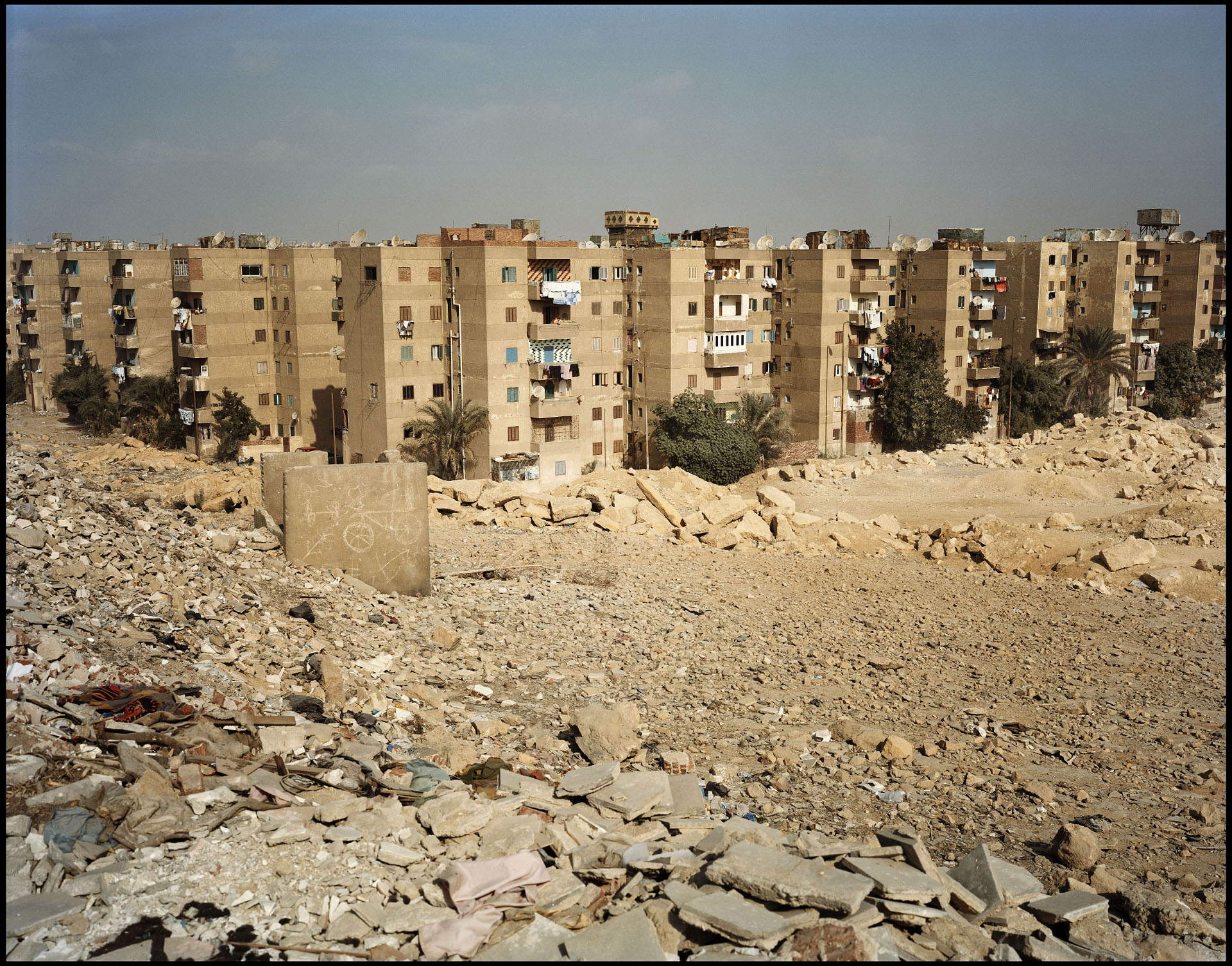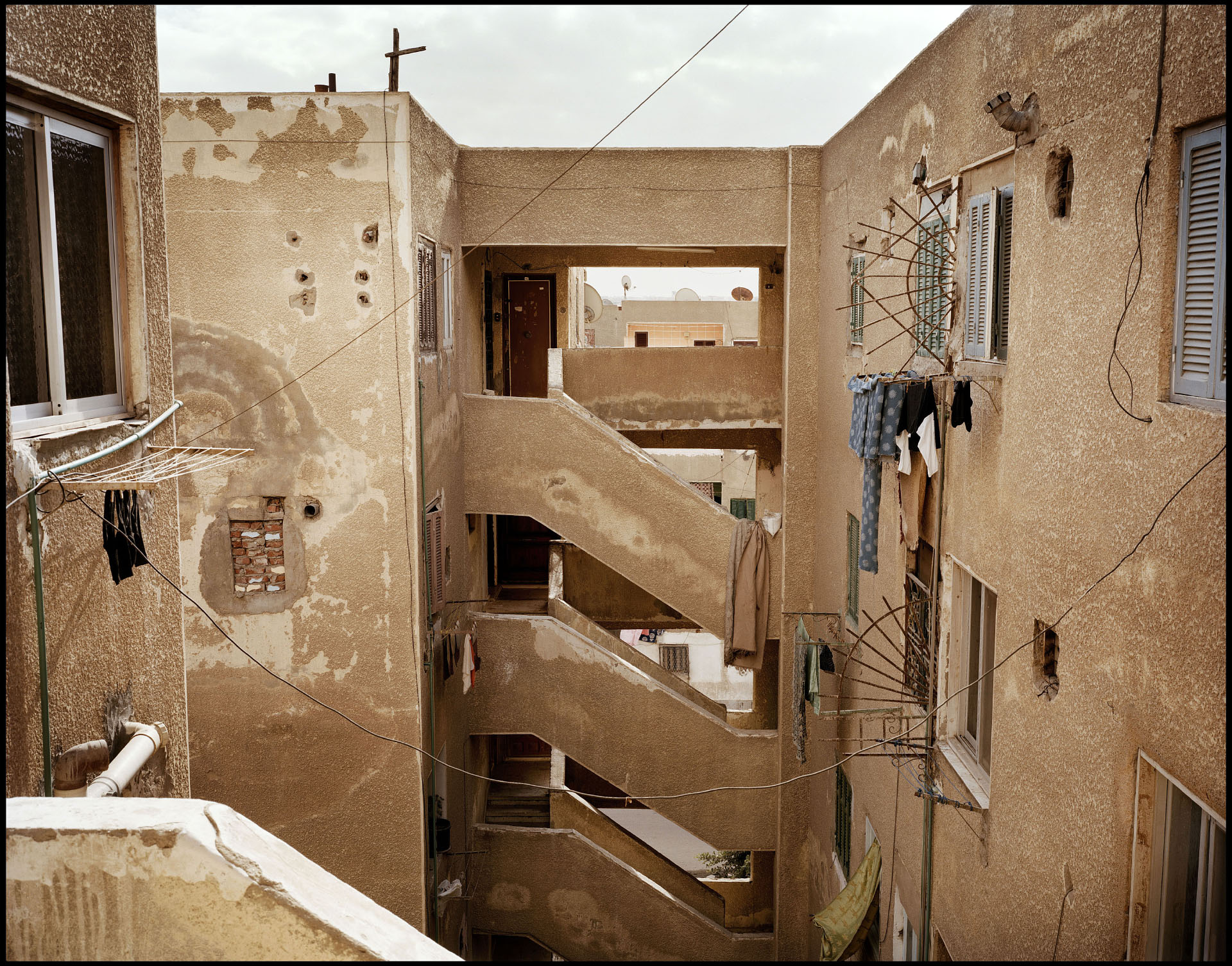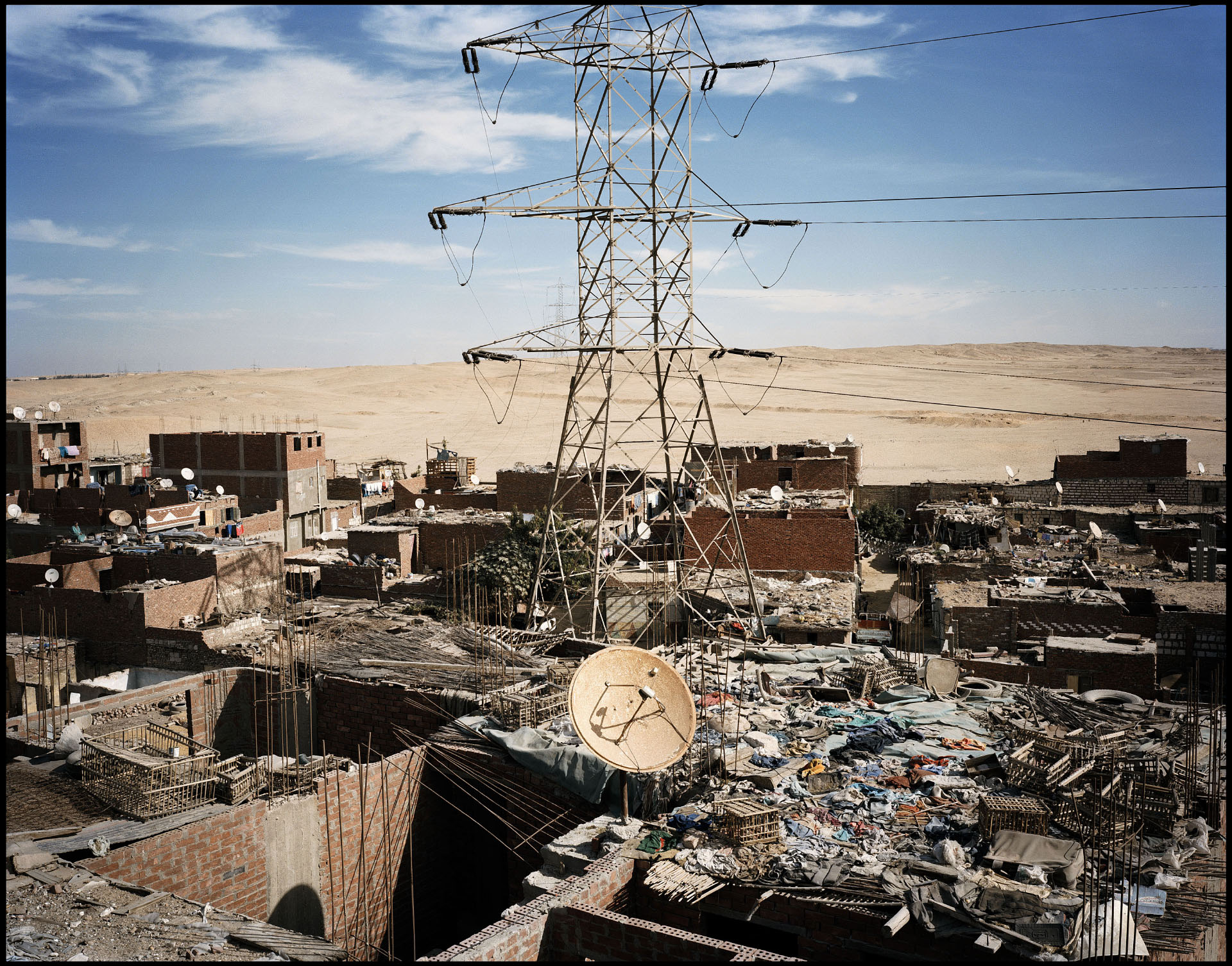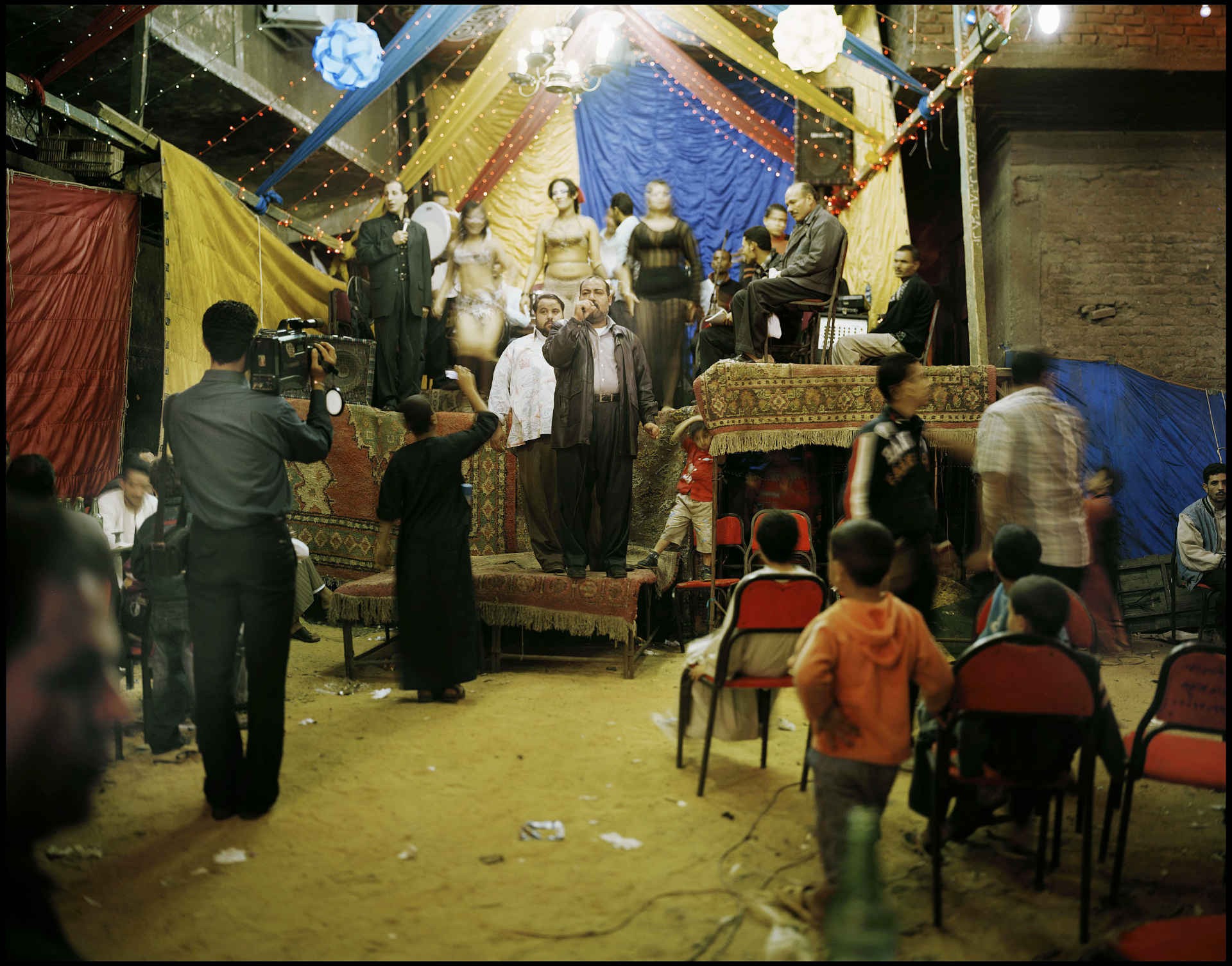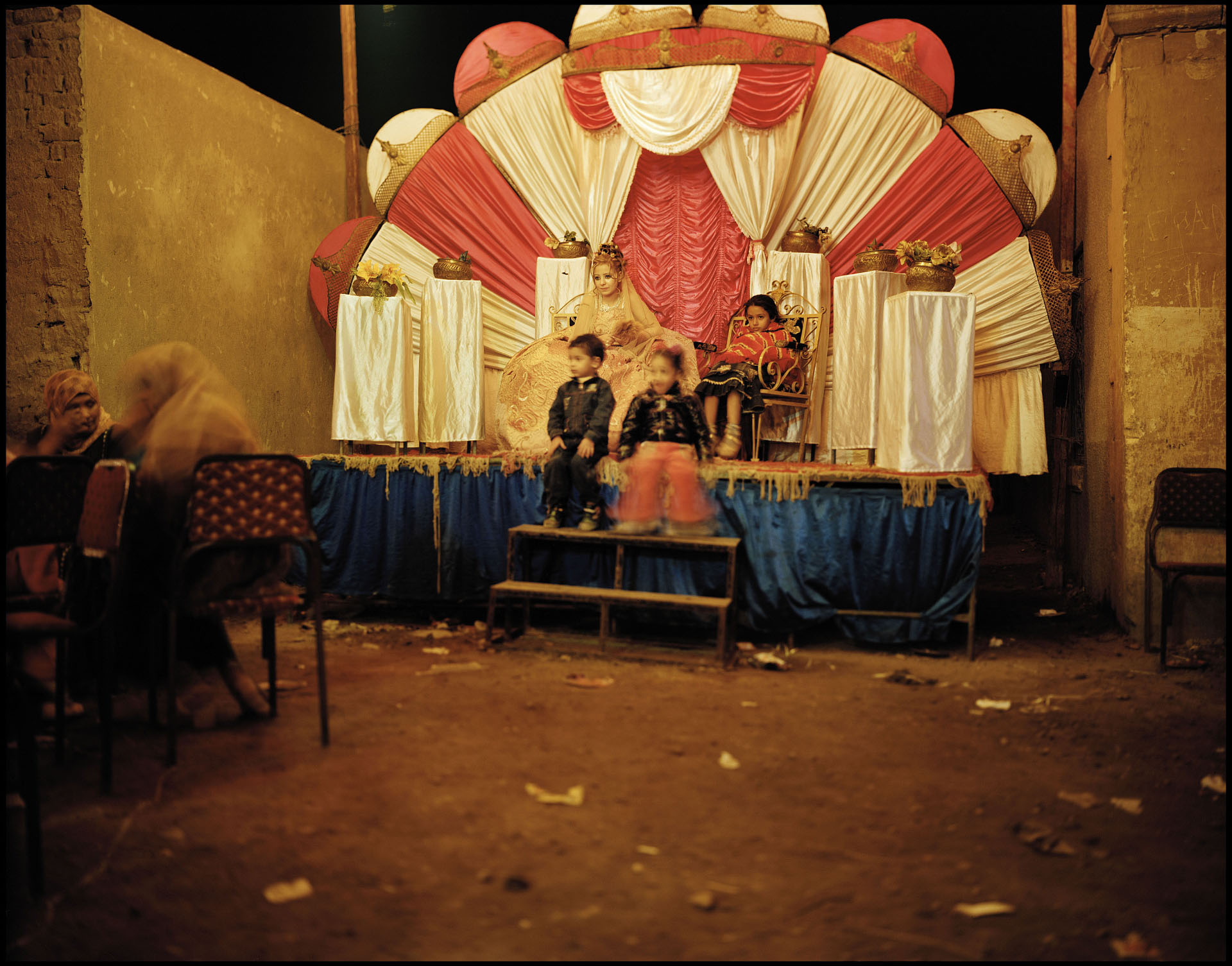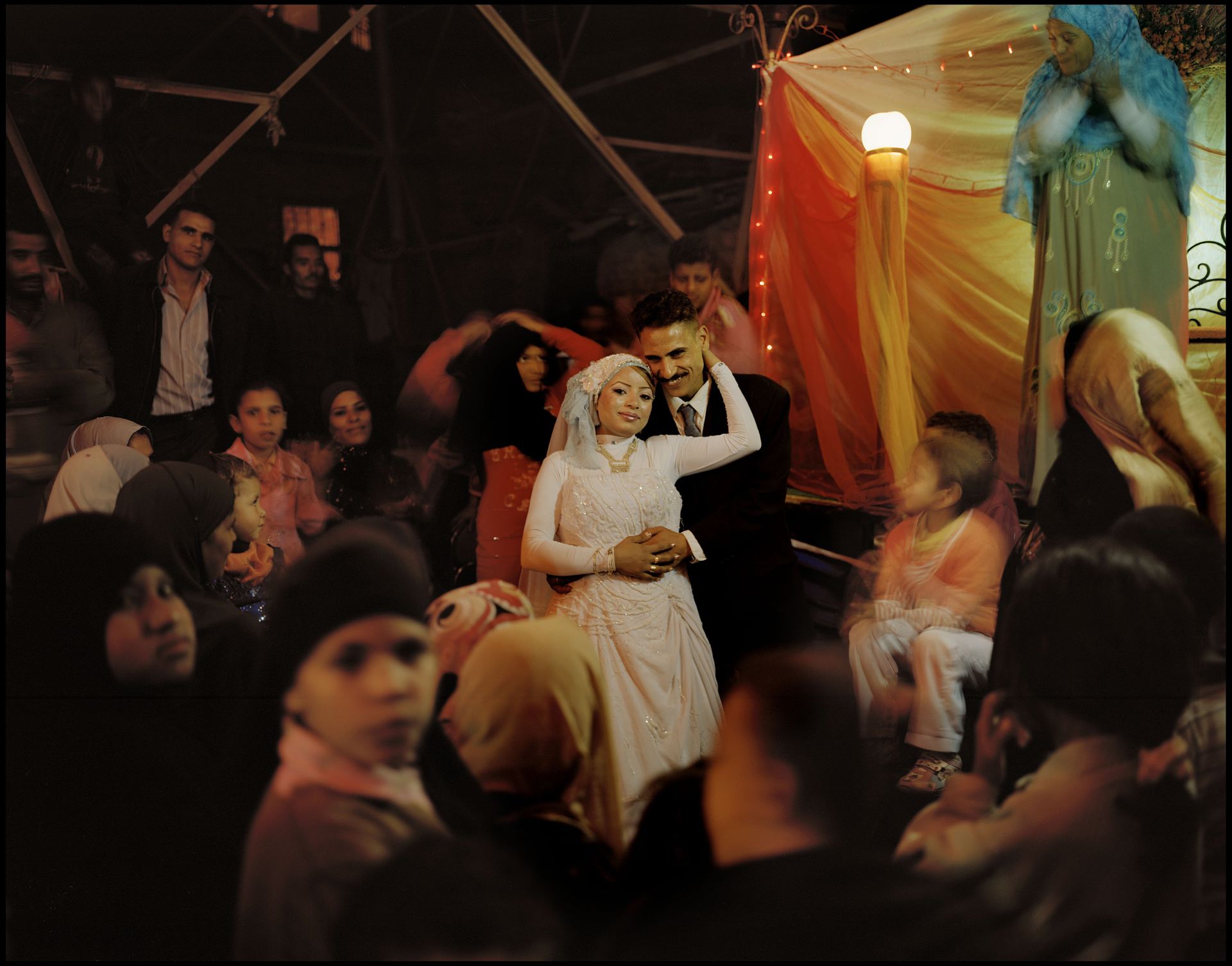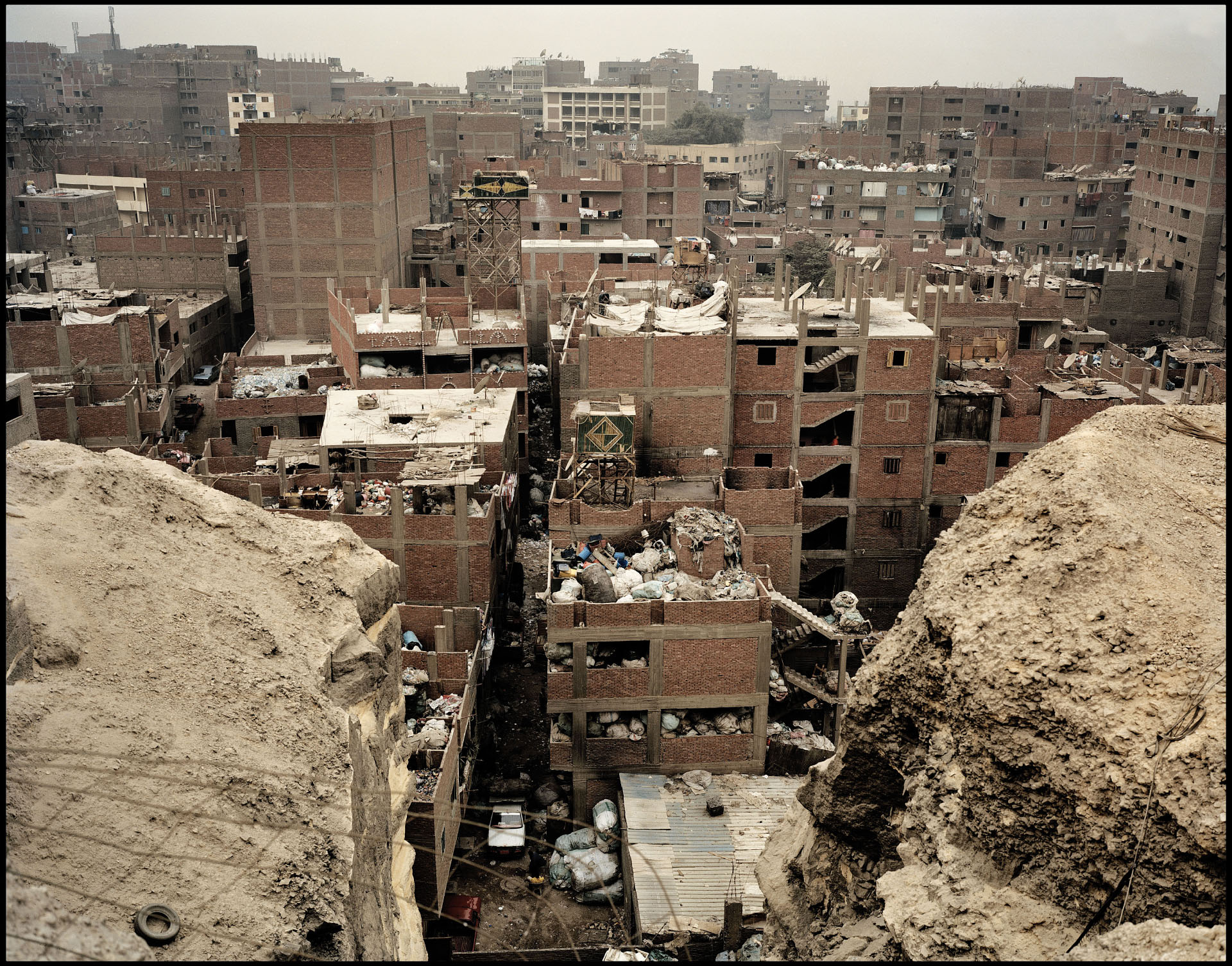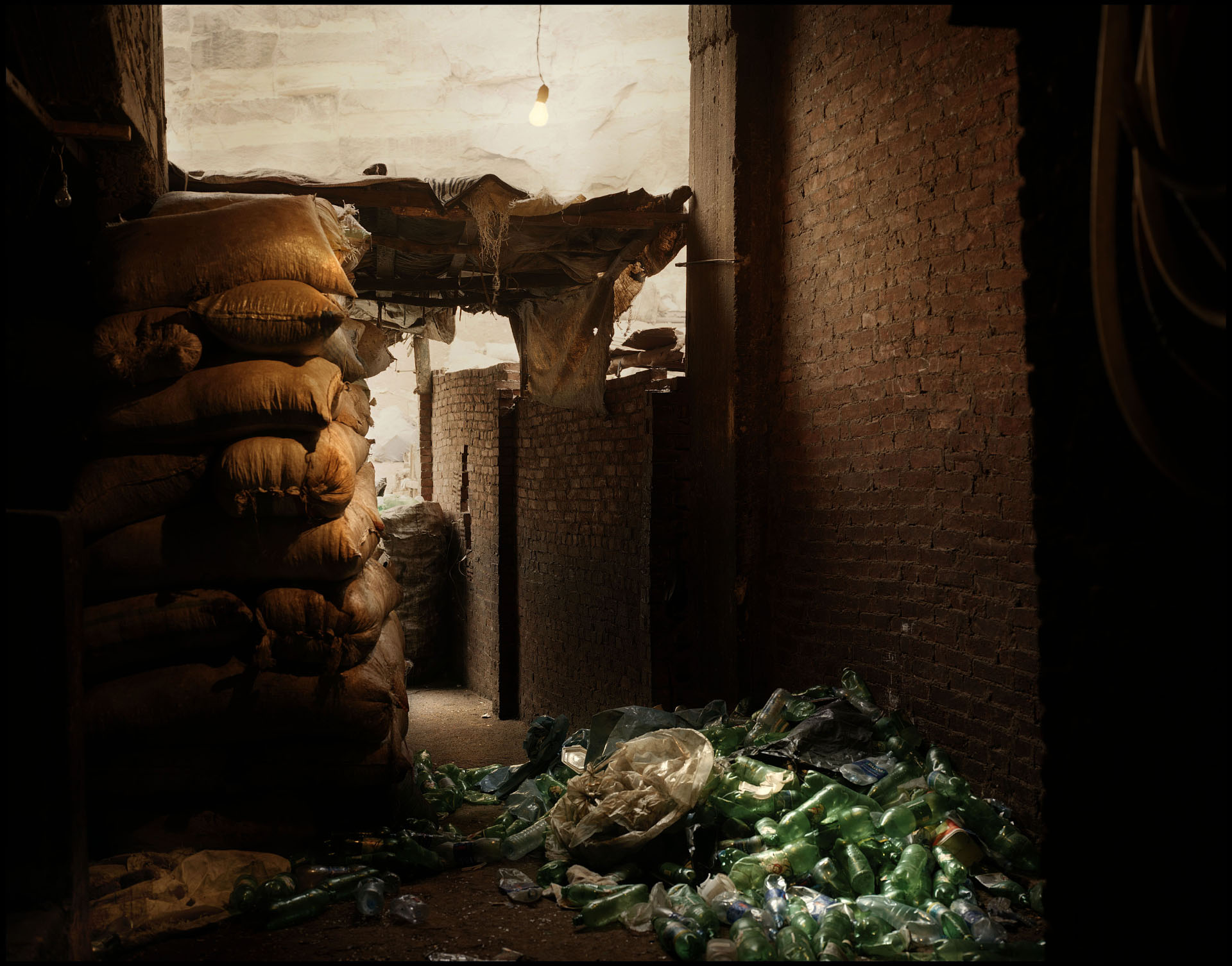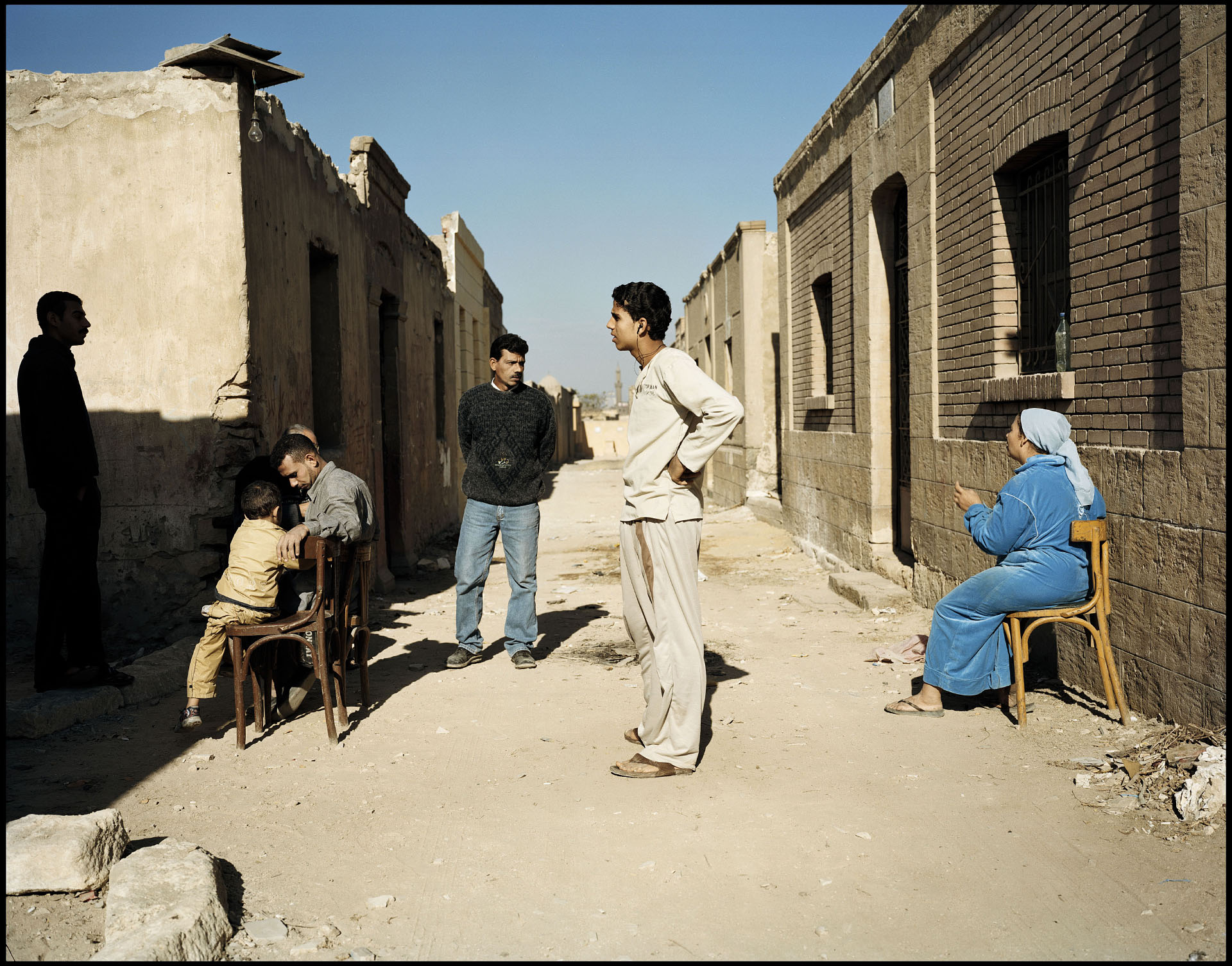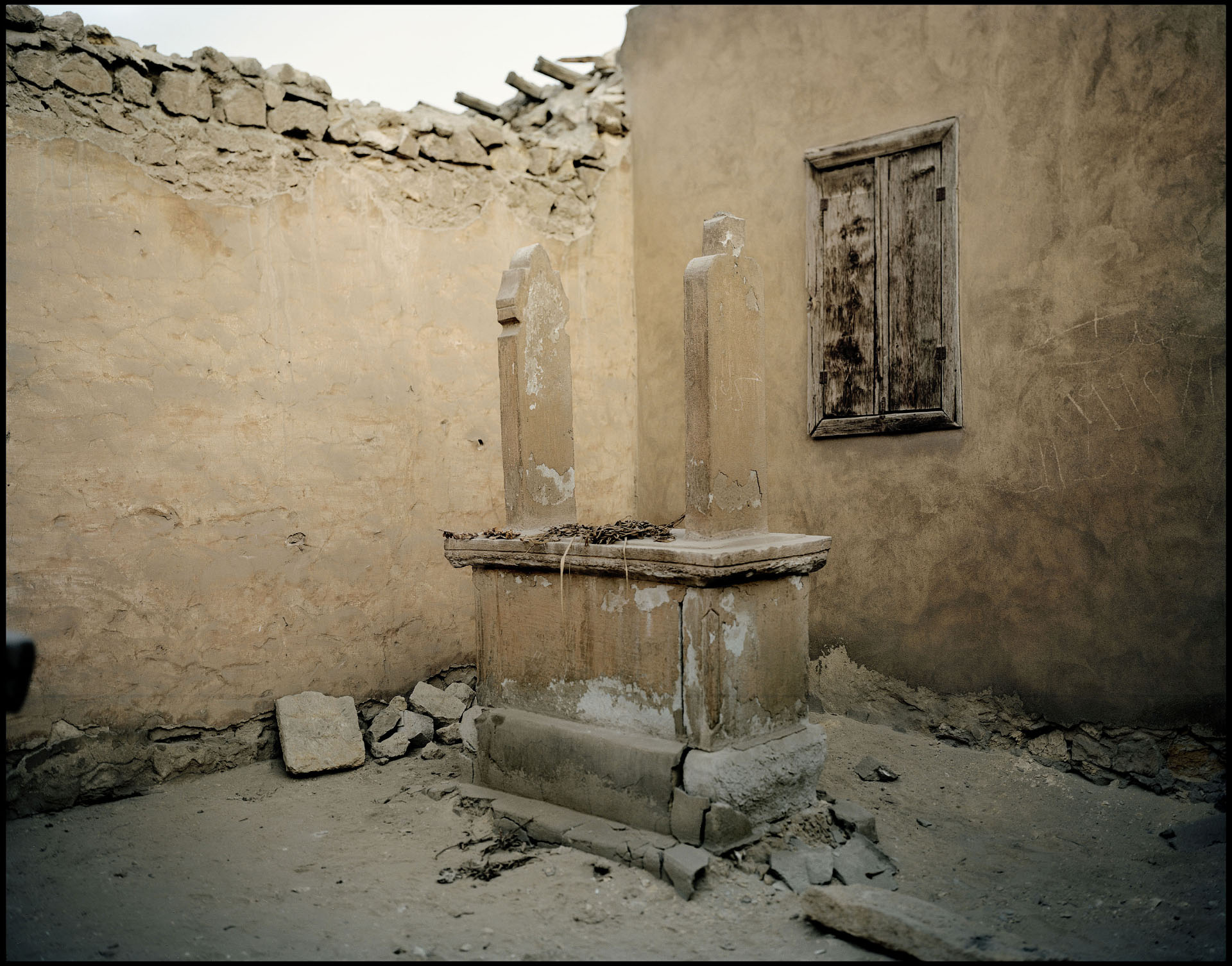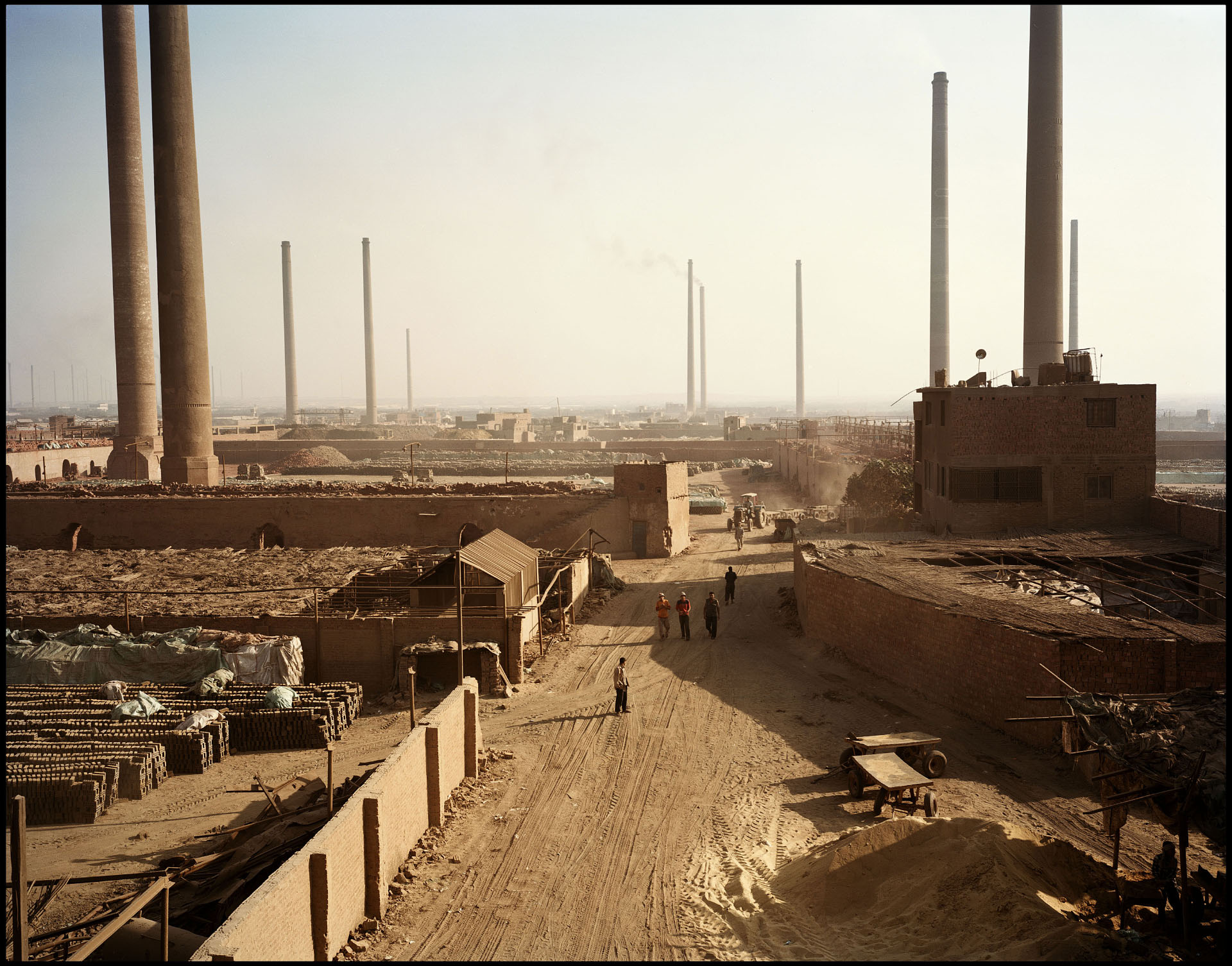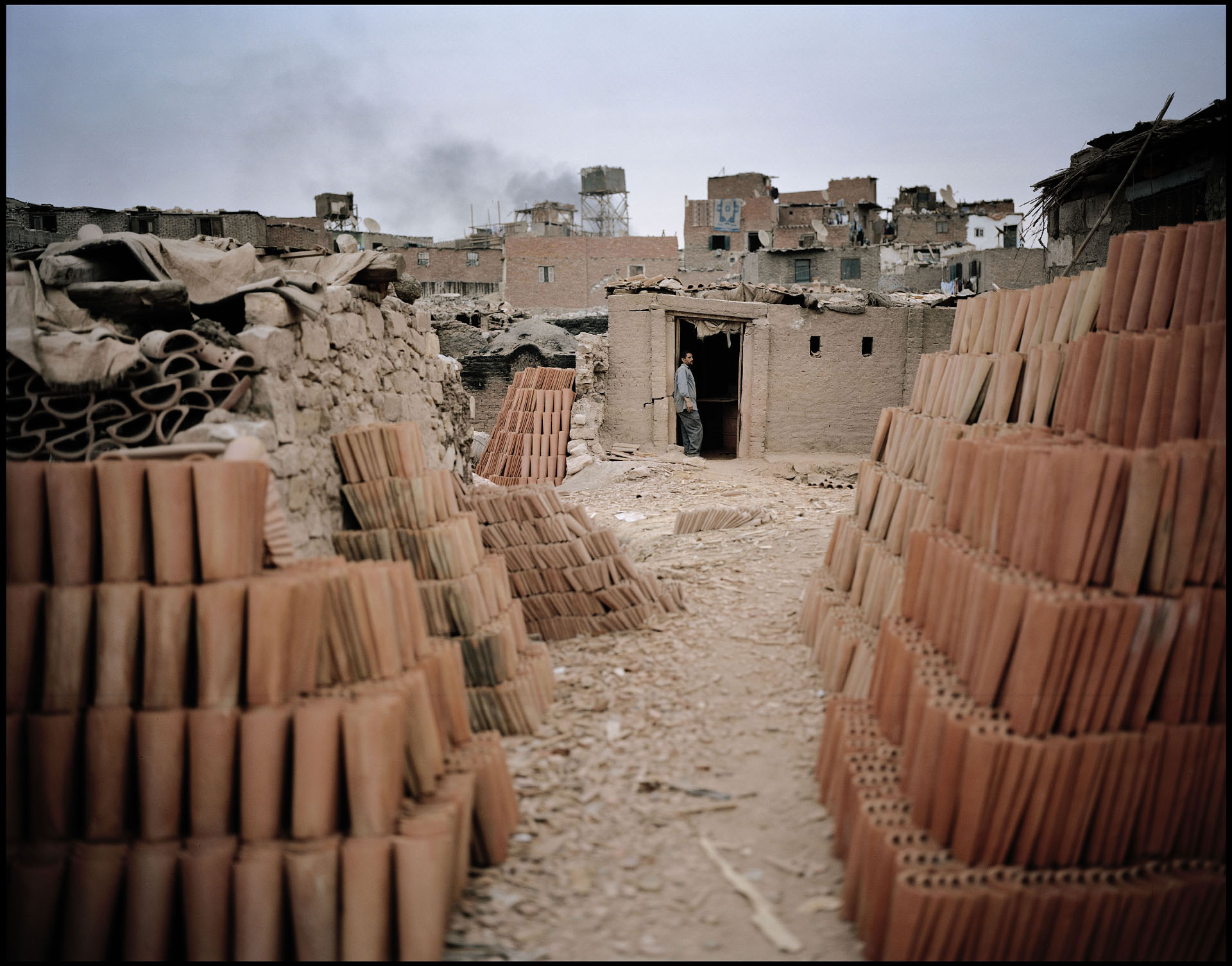Cairo Forgotten Persons, 2009
The buildings rest on the sand at the foot of Mount Sinaï. In the past, Haggana used to be a border. But today it is one of the largest slum of the city.
In Cairo, 40% of the population lives in these “informal” areas, which feeds on the proliferation of the rural exodus that started in the 1960s.
Power lines are buzzing in the sky above the roofs. Waste waters are leaking through the walls. Yet here, there is neither running water nor electricity. These hoods are Cairo’s trash, where the recycling of the rubbish has become part of the economy. The majority of its inhabitants live in conditions of extreme precariousness and insalubrities.
Only a few of them have access to healthcare, which remains scarce in the country. Living in these neighbourhoods is a sentenced to exclusion; only a few manage to get out of it. And for the authority, it is easy to ignore this part of the population, since they have no administrative existence.
In Egypt, in order to get a birth certificate one has to pay, hence the inhabitants having no legal existence since they can not afford such expenses. On the million people living in Haggana, only 1200 have a personal voter’s card, meaning most of the population has no say and is not taken in account by the politicians who only rarely take them in account.
Moqattam District
The victims of the 1993 earthquake were relocated to the Moqattam district.
Today these hastily constructed buildings have become concrete slums.
Ezbet Al Haggana District
Ezbet Al Haggana is one of the largest slums in north-east Cairo. Its population is estimated to be close to one million.
The high-voltage power lines that run over the rooftops cause many nervous illnesses among its inhabitants.
Manshiet Nasser District
From the 1940s, Copt migrants from the southern provinces of Egypt settled in this district, located along the al-Moqattam hill.
For decades, the zabaleens (rubbish collectors) have been sorting, treating and recycling the city’s waste, which has no rubbish treatment system.
The City of the Dead
It is one of the oldest Muslim cemeteries in Cairo. Over the centuries, residential quarters have been created in the middle of the tombs. The most destitute and newcomers from the countryside find refuge there. Some maintain the graves in the cemetery in exchange for which the families of the deceased give them the right to occupy the small buildings adjoining the graves.
Arab Abu Saeda
5,200 children work 12 hours a day in brick factories.
Most of them come from the slums of Cairo, sometimes from the countryside. The majority of them are under 12 years old. They sleep at night in dormitories among other adult workers.

